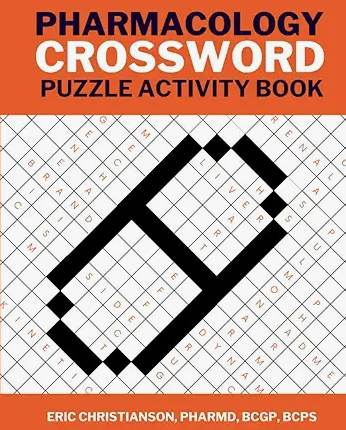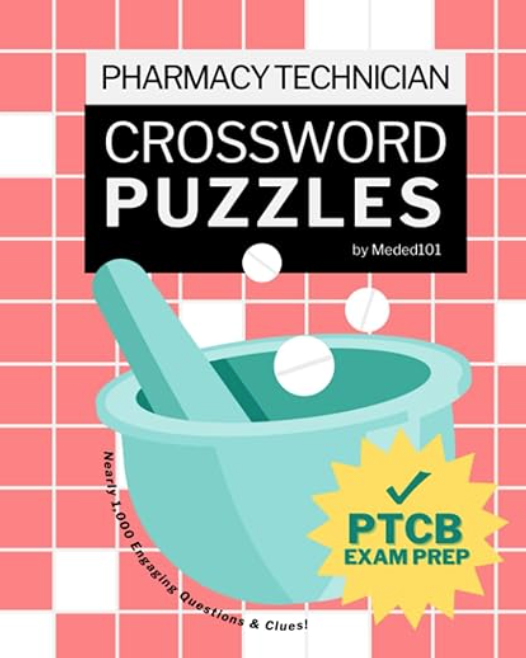The 2023 GOLD Guidelines were released a little while ago and I don’t think there is anything earth-shattering in medication selection. The biggest thing associated with these guidelines compared to previous editions is the fact that it encourages a little more aggressive therapy earlier. The ABCD categories based on symptoms and exacerbation risk has been switched to ABE.
Category A is defined as a patient with a low risk for exacerbations and low severity of symptoms. More specifically, an mMRC 0-1 and CAT <10 + no more than 1 moderate exacerbation that doesn’t lead to hospitalization per year. In this group of patients, the GOLD guidelines now recommend a more aggressive approach with a long-acting agent (either LAMA or LABA). In previous guidelines, they simply recommended a bronchodilator (short-acting or long-acting).
Categories C and D have essentially been replaced with “E” in the new guidelines. This represents a small shift in emphasizing the importance of COPD exacerbations. Patients will be placed in the “E” category when they have 2 or more exacerbations or have at least 1 leading to hospitalization. Those patients should be on dual bronchodilator therapy with the use of LAMA and LABA.
The 2023 GOLD guidelines are actually quite simple when it comes to the pharmacotherapy of stable COPD. If they fall into category A, monotherapy with a long-acting bronchodilator is indicated. If they fall into category B or E, dual bronchodilator therapy with LAMA and LABA is indicated.
My take: 2023 GOLD Guidelines
So what puzzles me about the 2023 GOLD Guidelines? There is evidence that indicates that LAMA therapy may be more effective than LABA therapy when a single long-acting bronchodilator is indicated (i.e. a patient in category A). Here’s an example of one of the studies that demonstrated this. Maybe I missed this discussion in the guidelines as to why they state that LABA or LAMA is appropriate when the patient is in category A? If anyone has any insight on this, I’d be all ears. In my clinical practice experience, when patients are in the lower-risk category, most clinicians will select a long-acting anticholinergic over a long-acting beta-agonist when given no contraindications to use one.
- 30 medication mistakes PDF
- 18+ Page Drug Interaction PDF
- 10 Commandments of Polypharmacy Webinar based on my experiences in clinical practice









I agree with you! The data definitely leans to LAMAs being more effective. Here’s what UoToDate says, “Either a long-acting beta-agonist (LABA) or a long-acting muscarinic antagonist (LAMA; also known as long-acting anticholinergic agent) is acceptable for patients with Group A COPD [6]. In our clinical practice, we prefer a LAMA to a LABA based on evidence of modestly increased efficacy in preventing exacerbations [20-24]. However, a once daily LABA is a reasonable alternative depending on the patient’s symptoms, comorbidities, and potential medication adverse effects.”. They then go on the give an example of severe dry mouth or urinary retention with a LAMA that might be a reasonable reason to go to a LABA and tachycardia as a reason to go to LAMA.
Hi, my question here is that , these 2023 gold guidelines, is it applicable to Canadian guidelines, Cause Canadian guidelines still working as LaBA is first option for Category A.
Any comment